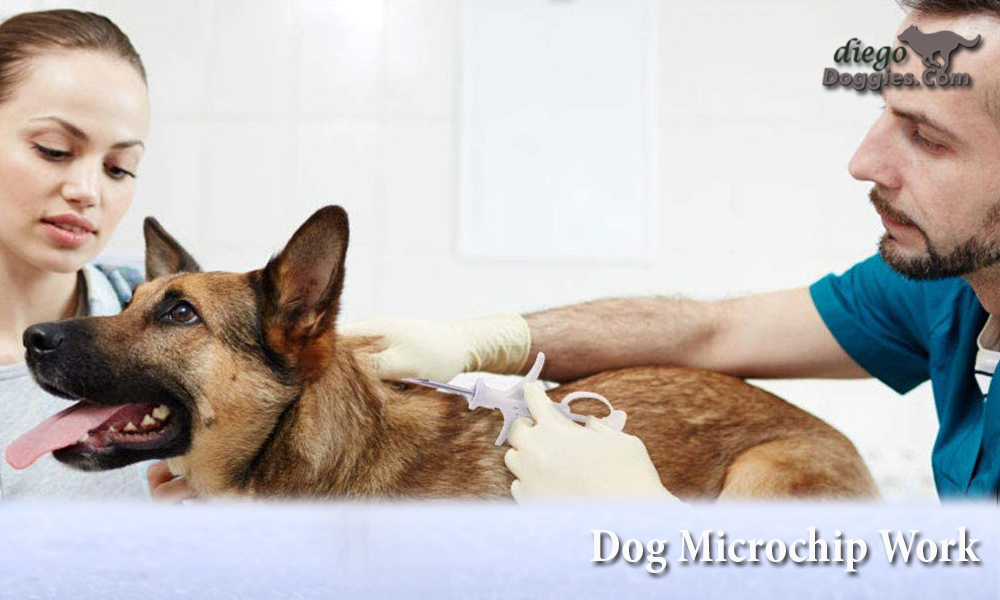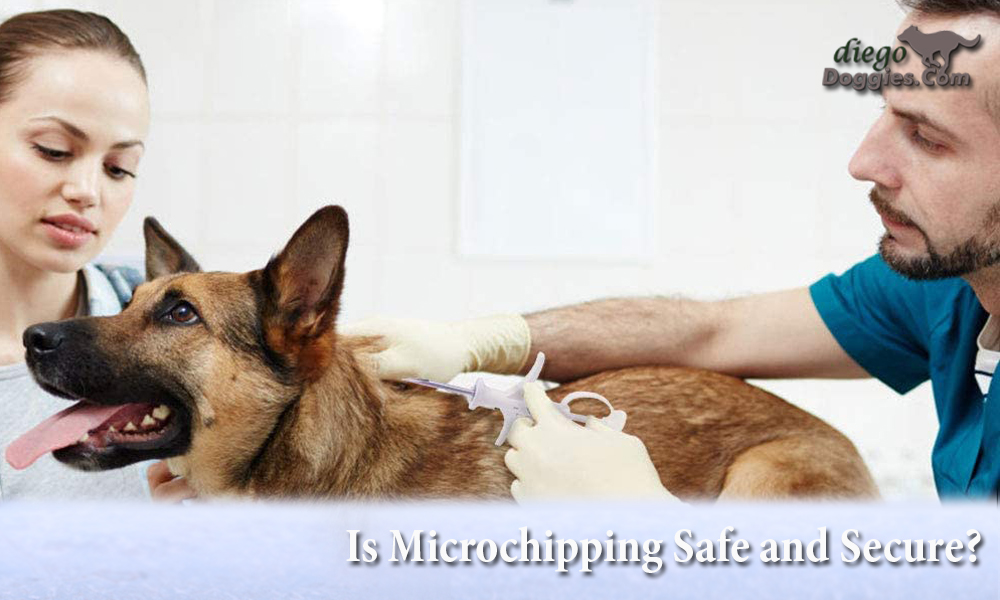Pets are precious companions for their owners. The same applies to pet breeders. We all take great care of our beloved pets. Though it’s a dog, cat, or any other animal.
Taking care of them every day, grooming them, washing them, playing with them, and spending money on them is a great refreshment and fun aspect of our lives.
However, after all this care there comes the security concern. How are we going to protect them? What precautionary measures should we take to keep them away from getting harmed or getting lost?
I think that the “Getting Lost” part is scarier. In older times, it was almost impossible to recover a lost dog. The owners were worried sick about the thoughts of their dear pet getting lost. Worst case scenario is they might be injured somewhere or may have died.
Due to the boost in technology, the modern era has made it extremely easy for dog owners like you and I to track our dogs. Because pet breeders and researchers have built pet or dog microchips to track your dog’s ownership details.
And in today’s pet session, we are going to discuss “how does a dog microchip work?”

Dog Microchip Work: –
The Interesting Truth
The amazing truth is that these chips are grain-sized and directly injected into the dog’s body. Now, this tiny chip can identify your dog’s whether it is in your local community or in some other city.
Before we proceed, let me tell you that overall, the chip installation and scanning procedure is quite simple and efficient for tracing your lost friend. So, let’s begin…
Pet microchipping is an anesthetic-free procedure that takes only a few seconds to complete. A microchip contains a few electronics components that are integrated within a tiny capsule of bio-glass. They are injected beneath your animal’s skin between the shoulder blades.
When the microchip scanner is passed by the pet’s shoulder blades, it emits a radio frequency signal that activates the chip. In return, the chip sends back a unique identification number or pet identification code to the scanner. That code or number is compared against the pet recovery database to retrieve the animal’s owner information.
Microchip, scanner, and database, all these elements make up a triangle for the effective microchip system. Each element has its own job to do to make the system work.
The chip should be inserted in the right place for proper detection and scanning. While the database that is associated with the chip code needs to be accurate and up-to-date as well.
Chips can be undetected because of improper scanning, matted hairs, excessive fat in the body, or due to the metallic collar closer to the microchip. One should be careful of these minor level precautions to avoid any malfunction of the chip.

Types of Microchips
Yes, different types mean the microchip companies use a wide range of frequencies to communicate with the scanner. Recently, there has been developed a universal scanner to read a range of frequencies.
You might face the situation when your pet had a microchip, but a scanner may malfunction and not detect the microchip. The universal scanner sorts out such issues and helps you to locate your pet’s microchip easily.
The microchip manufacturers usually provide universal scanners to the animal shelters and animal control agencies to track the lost pets.

Different Communication Frequencies
The pet microchips come up with a variety of frequencies. In general, the frequencies of 125 kHz, 128 kHz, and 134.2 kHz are used.
125 kHz chip was the most operational frequency in the U.S. A huge number of scanners in the U.S can read this frequency used by the microchips. However, from 2004 onwards, it is replaced by the 134 kHz chip that meets global standards developed by the International Standard Organization (ISO).
Initially, this frequency was adopted by Europe but now manufacturers in the U.S also started developing chips of the same frequency complying with the ISO standard.
Lifespan of Microchips
A question might arise in your mind that how long will the chip remain functional after its placement in the pet.
According to Wikipedia, the average aging of different breeds of dogs ranges from 6 to 16 years. Keeping this in mind, the microchips are engineered to work for over 20 years. So, there is nothing to worry about, the duration of expiry of the chip is far more than the life expectancy of most dogs.

Is Microchipping Safe and Secure?
Anyone can access your information if your pet gets lost. In case of a missing pet that is found and taken by someone to the animal shelter or vet clinic, it will be scanned for a unique identification number associated with it.
And you will be contacted at the registered telephone number by the pet recovery service. It is therefore recommended to keep your information up to date.
How to Adopt Pets Who Are Already Microchipped?
If you adopt a pet that has an implanted microchip, you must look for the corresponding registration to update it. A trip to your local vet to have the dog scanned to locate the registration details is required. You can then arrange for the registration details to be updated.
What If I Move From One Location To Another?
Whenever you want to move from your registered location, you need to consult the chip registration company to update your profile. The microchip registration company will have your wrong contact details otherwise.
And of course, there are normally minor fee charges for processing and updating your contact information.
How Are Microchips Placed? Will It Hurt?
The microchip insertion is a quick and safe process with an intravenous needle at any veterinarian’s office. This will not hurt your pet. The procedure is as simple as administrating a vaccine.

What About Microchip Placement?
Microchips, as the name micro, depicts that they are tiny electronic devices, not much bigger than a grain of rice. They are implanted beneath the pet’s skin, usually between the shoulder blades.
Is There Any Chance of Misplacing a Chip Inside a Pet?
There is very little chance that a chip could get lost or misplaced. The chip is strongly bonded to the pet’s subcutaneous tissue that heals quickly. This powerful natural adhesion from correct placement normally prevents the chip from migrating to another part of the pet’s body.
Author’s Bio: Hassan Kurd is a cool-headed, optimistic guy and the Founder of Tool Miner
On his online journey for half a decade, he has racked up skills in helping others finding solutions to solve their E-commerce, marketing, blog, and content writing problems.
This is a guest post by Hassan Kurd

2 thoughts on “How a Dog Microchip Works”